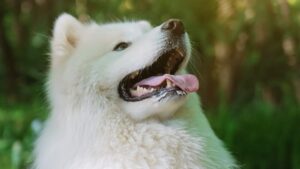
White Long Haired Dog: 13 Breeds
After much deliberation about your next pet, you’ve decided on a white long haired dog, large in size. Doesn’t that sound like you’re aiming to
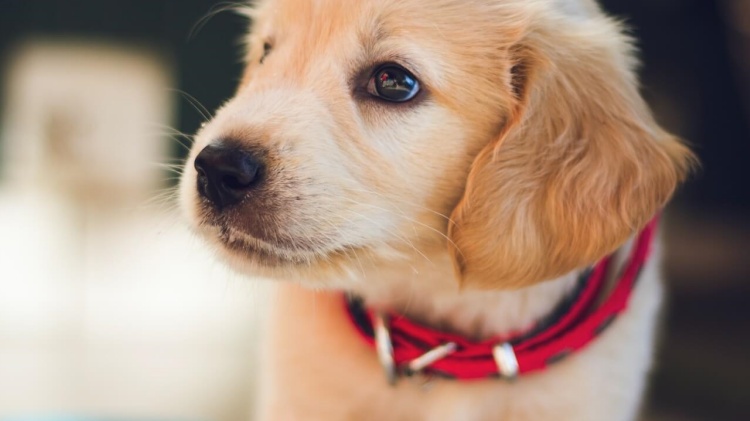
Drying your dog after a bath is an essential part of the grooming process. But without proper technique, you run the risk of stressing your dog or causing skin irritation and hot spots. That’s where using a high-quality dog hair dryer comes in.
When used correctly, a dog dryer allows you to quickly and gently dry your pup’s coat while avoiding common hazards. In this guide, we’ll walk through the entire dog drying process step-by-step. You’ll learn about:
Follow these tips and you’ll be able to dry your dog like a pro groomer in no time! Let’s get started.
Not all dog dryers are made the same. To safely and effectively dry your pup, you need the right dryer for their specific needs. Keep these factors in mind when selecting a dryer:
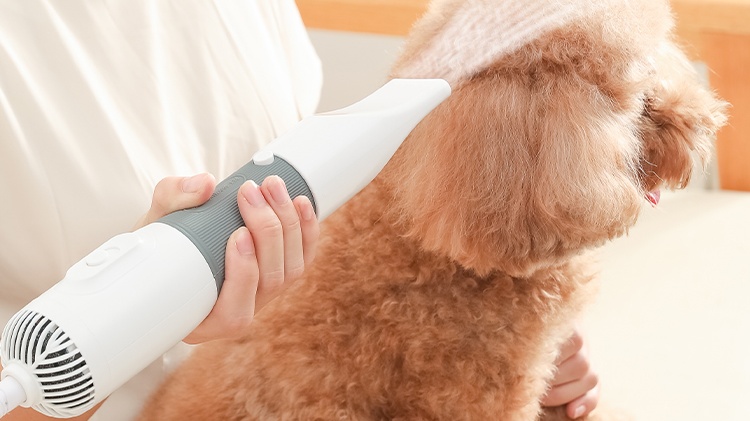
You’ll need adequate space to maneuver around your dog during the entire drying process. Make sure to:
Before turning on the dryer, do some prep work to ensure the coat dries evenly. Follow these tips:
Now your dog’s coat is prepped and ready for quick, efficient drying!
It’s critical to use your dryer correctly to prevent injury or stress. Keep these safety tips in mind:
Now let’s walk through the recommended drying technique for each part of your dog’s body.
Use the following tips when drying your dog’s back, sides, and chest areas:
Check that the roots feel thoroughly dry by touching down to the skin. The coat may appear dry on top but still be damp underneath.
Drying the head takes extra care. Use low heat and speed to avoid frightening your dog:
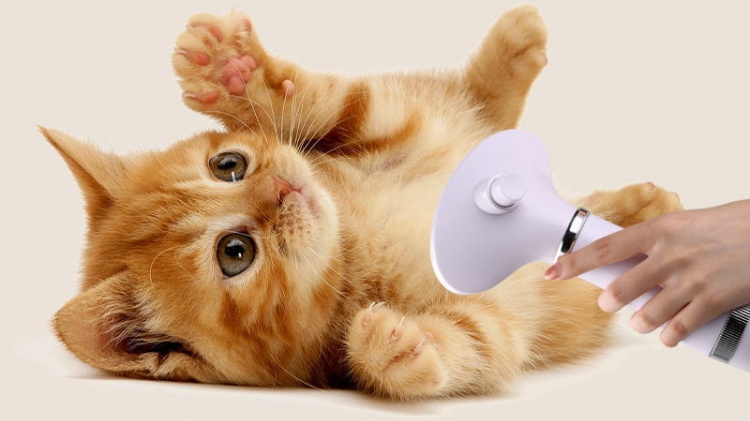
The legs, paws, and nails require extra attention:
The belly and groin areas are sensitive and require low, gentle heat:
The thick tail coat needs proper technique:
You’re almost done! Finish up the drying with these tips:
While drying, watch for these signs of anxiety or stress:
If you notice any signs of stress, take a break! Turn off the dryer, comfort your dog, take a short walk, and try again later in short intervals with treats and praise.
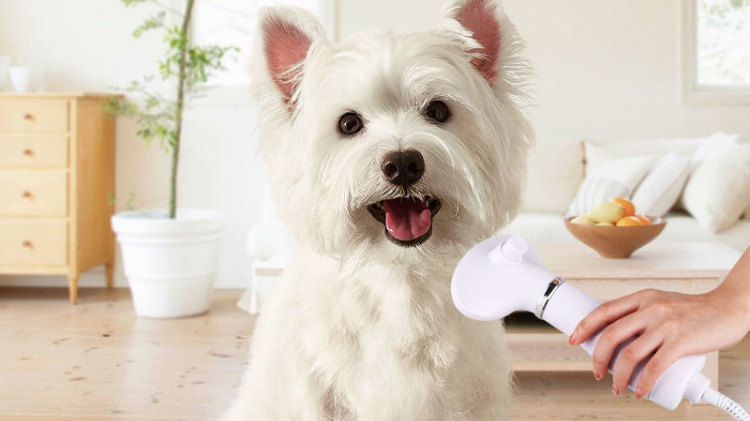
In conclusion, using a dog hair dryer can be a game-changer for your pet grooming routine. Not only does it speed up the drying process, but it also helps to achieve a smoother and more professional-looking coat.
However, it is crucial to prioritize your pet’s safety and comfort during the process. Always start with a low heat setting and gradually increase it as needed, while constantly monitoring your pet’s reaction.
Be sure to keep the dryer at a safe distance and move it around to prevent overheating in any particular area. Regular maintenance and cleaning of the dryer will ensure its longevity and optimal performance.
By following the step-by-step guide provided, you can confidently use a dog hair dryer to keep your furry friend looking and feeling their best.
Remember, patience and positive reinforcement go a long way in making the grooming experience enjoyable for both you and your pet.


After much deliberation about your next pet, you’ve decided on a white long haired dog, large in size. Doesn’t that sound like you’re aiming to
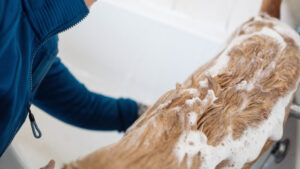
When it comes to the question, “Is Dawn dish soap safe for dogs?” it’s crucial to choose a wash that’s both harmless and effective. While
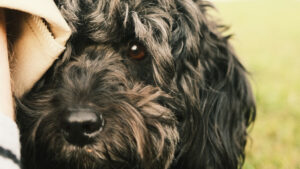
Beginning your Cavoodle grooming guide early is key for a successful experience. Breeders typically start grooming practices when puppies are about two weeks old. This
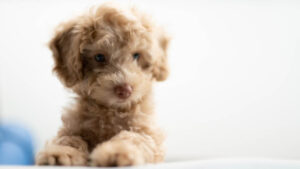
Are you a proud pet owner looking for the best grooming equipment to keep your furry friend looking and feeling their best? Look no further
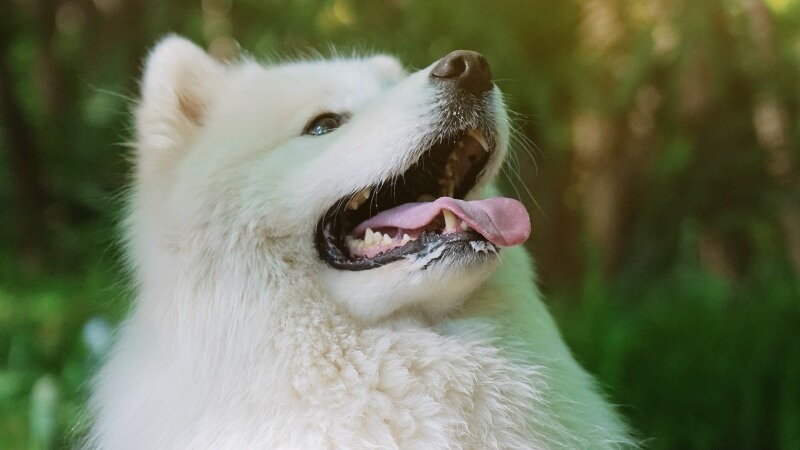
After much deliberation about your next pet, you’ve decided on a white long haired dog, large in size. Doesn’t that sound like you’re aiming to
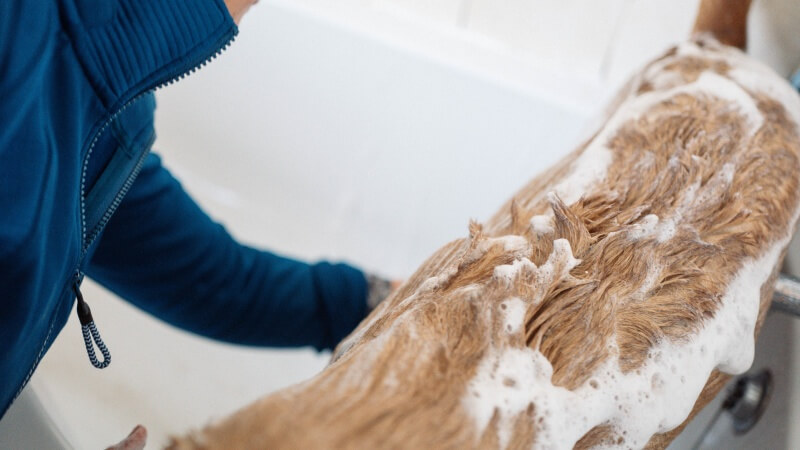
When it comes to the question, “Is Dawn dish soap safe for dogs?” it’s crucial to choose a wash that’s both harmless and effective. While
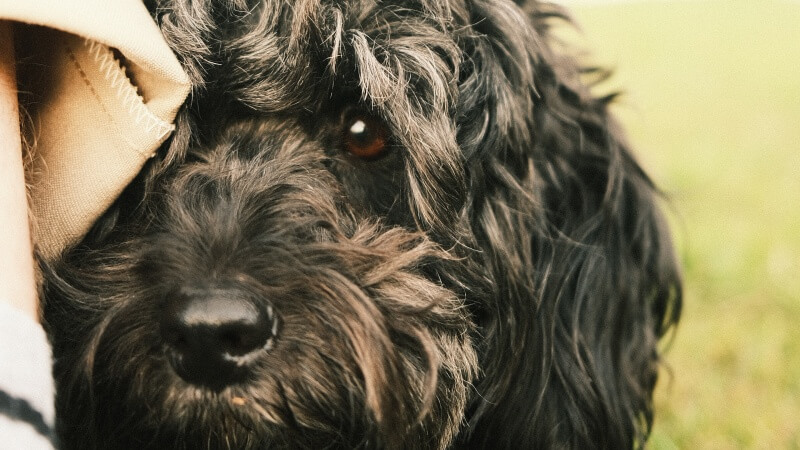
Beginning your Cavoodle grooming guide early is key for a successful experience. Breeders typically start grooming practices when puppies are about two weeks old. This
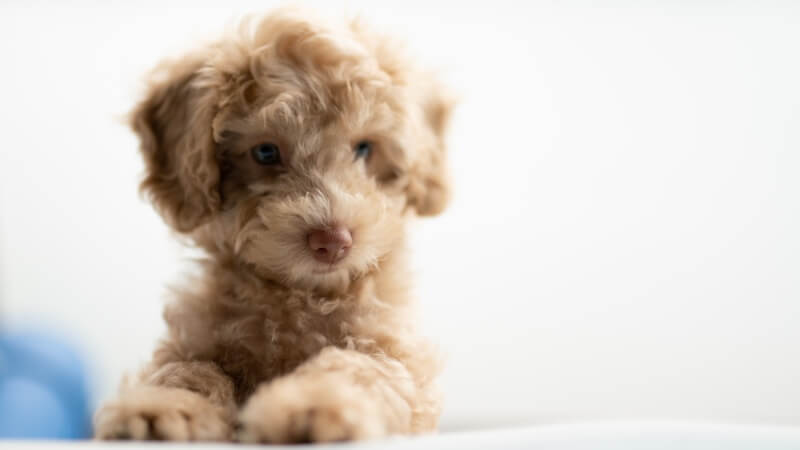
Are you a proud pet owner looking for the best grooming equipment to keep your furry friend looking and feeling their best? Look no further
Copyright © 2024 puppyhairdryer. All Rights Reserved.